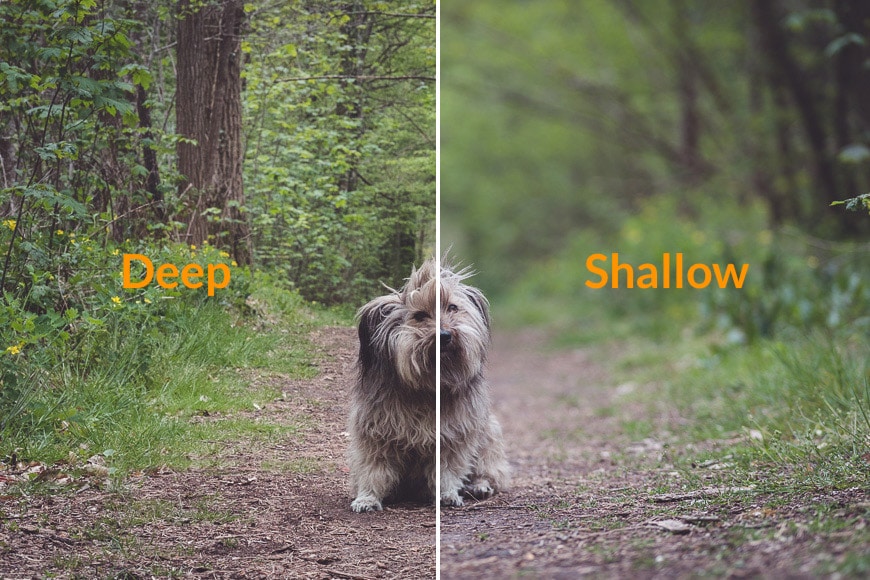All posts by Tate Moore
Filters
Dunkirk First response
Dunkirk rating-9
Memorable Scene- My most memorable scene was the scene when the spitfire is flying over Dunkirk without any fuel as the use of silence is very powerful and creates a sense of importance that the spitfire has to the hope of the soldiers

Depth of field
Depth of field is the portion of that distance or ‘depth’ that is ‘in-focus’. A higher depth of field would see the whole image from foreground to background sharp and in focus, a lower depth would result in blurry backgrounds and blurred elements in the foreground too.

Mis-en-scene
Mise-en-scène is the stage design and arrangement of actors in scenes for film production, both in visual arts through storyboarding, visual theme, and cinematography, and in narrative storytelling through the direction.
What is considered mise en scene in film?It refers to everything placed on the stage or in front of the camera—including people. In other words, mise en scène is a catch-all for everything that contributes to the visual presentation and overall “look” of a production. When translated from French, it means “placing on stage.”
It is everything that appears before the camera and its arrangement—composition, sets, props, actors, costumes, and lighting.
Film soundtrack
One of my favourite movie soundtracks is the soundtrack of the film ‘Chef’ because the soundtrack is a combination of Latin Jazz, New Orleans Jazz and blues, which serve as background to the storyline as it moves through Miami, New Orleans. I particularly like how well the music matches both the vibes and locations of the film.
![Chef [Original Soundtrack Album] - Compilation by Various Artists | Spotify](https://i.scdn.co/image/ab67616d0000b2730a01dd564be8da9fff6b4848)
narration
Narration is a set of representational, organizational, and discursive cues that deliver the story information to the audience. The fiction film should be thought of as a text, a collection of narrative systems, each of which functions and exists in its own history, with its own stylistic options.
Narrative is important to understand a character’s motivation, their place in the story world, and their growth and change throughout a film. The narrative introduces characters and directs us through impressions of their character.
Taxi Driver is an example of a film that utilizes narration to help the viewer watch the slow mental decline of Travis ( the main character)

leitmotif
A leitmotif is a repeating melodic phrase in music that is used to represent a character, setting, emotion, or theme.
An example of a Leitmotif in a film that adds an ambiance to a part of the film is the Nazi Motif from Raiders of the Lost Ark is a short, ascending leitmotif written by John Williams, representing the film’s German army villains. Williams purposely wrote the brassy, “campy” piece as an homage to the old 1930s Republic serials

Foley sounds
Foley effects are sound effects added to the film during post-production. They include sounds such as footsteps, clothes rustling, crockery clinking, paper folding, doors opening and slamming, punches hitting, and glass breaking.
Foley artists and mixers divide their workload into three categories: walking, props, and cloth. Within these three areas, they record various tracks of sound to cover each of the main characters.

Needle Drop
A needle drop is when a movie uses a song that wasn’t written for the soundtrack.
Movies with a bigger budget may get the rights to bigger pop hits, while smaller indie flicks tend to stick with less recognizable tracks.

Digetic vs Non-digetic sound
Diegetic sound is any sound that the character or characters on screen can hear.
Non-diegetic sound is any sound that the audience can hear but the characters on screen cannot.
Examples of diegetic sound in Shaun of the dead
Sound of the news on the TV
Dialogue
Impact of items being thrown
Zombie noises
Examples of non-diegetic sound in Shaun of the dead
Cartoonish whoosh
Music